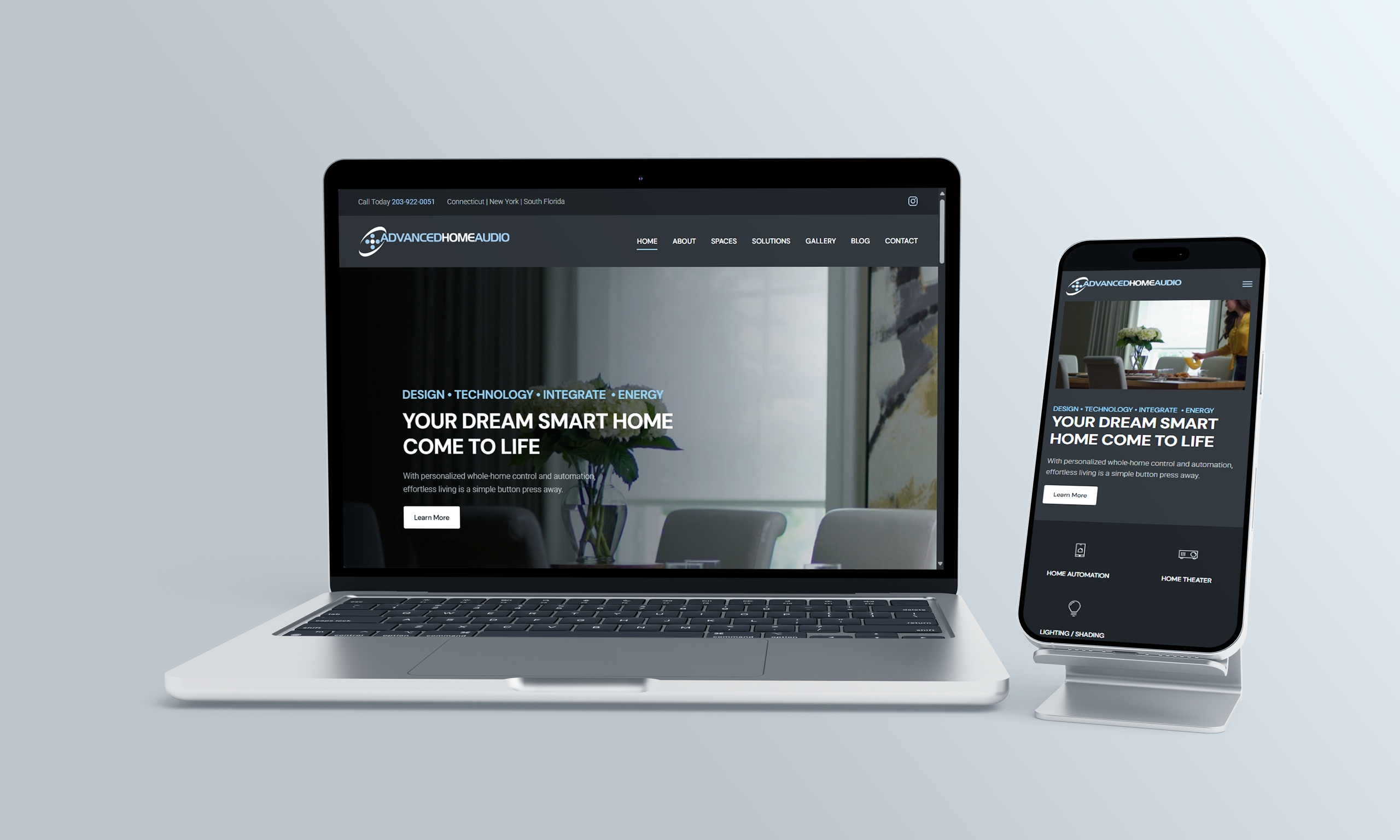
Table of Contents
- Social Media for Virtual Fitness
- 5 Social Media Strategies for Virtual Fitness
- 1. Share Knowledge
- 2. Build Connections with Clients
- 3. Strengthen Your Reputation
- 4. Promote and Market Your Fitness Program
- 5. Network with Other Fitness Professionals
- Which Social Media Platforms Should Virtual Fitness Brands Use?
- Build Your Social Media Strategy with Stratedia
Social Media for Virtual Fitness
Discover how to leverage social media for virtual fitness programs, including platform-specific strategies and best practices for creating a thriving online presence.
Social media is one of the most dynamic tools in a virtual fitness program’s marketing toolkit. It’s easy to start, helps build trust with your audience, and expands your reach to attract new clients and members.
Keep reading to explore how to use social media effectively for virtual fitness, and subscribe to Stratedia’s updates for more expert marketing insights.
5 Social Media Strategies for Virtual Fitness
Here are five ways to elevate your virtual fitness brand through social media:
1. Share Knowledge
Social media is a fantastic avenue to educate your audience about fitness and wellness. Virtual fitness providers can share valuable content that builds trust and engagement, including:
- Tips on effective at-home workouts and fitness routines.
- Detailed explanations of program offerings, like yoga, HIIT, or strength training.
- Nutritional advice to complement workout regimens.
- Answers to common fitness questions from your audience.
- Articles and blog links to help clients make informed decisions about their fitness journeys.
2. Build Connections with Clients
The ways people connect have evolved, and fitness is no exception. Social media allows virtual fitness trainers to create meaningful relationships with clients, fostering loyalty and trust.
Platforms like Facebook, Instagram, TikTok, and Twitter empower fitness brands to:
- Share program details, class schedules, and team bios.
- Interact with followers by responding to comments or direct messages about workouts or fitness goals.
- Offer live Q&A sessions or post interactive stories to engage with your audience.
- Highlight success stories and showcase client progress (with consent).
3. Strengthen Your Reputation
A strong social media presence establishes credibility and trust, positioning your virtual fitness program as a leader in the industry.
Stratedia recommends these strategies to grow your online reputation:
- Post client testimonials and transformations (with permission).
- Share engaging and motivational content like fitness quotes, reels, or short video clips.
- Promote your unique training approach or any certifications to emphasize expertise.
- Use hashtags and tags to join larger fitness conversations.
4. Promote and Market Your Fitness Program
Social media is a powerful platform for reaching potential clients beyond your current network. It’s a cost-effective way to increase awareness of your services and attract new members.
Through social media, virtual fitness brands can:
- Advertise new programs, discounts, or referral incentives.
- Announce upcoming live sessions, workshops, or challenges.
- Share behind-the-scenes content to humanize your brand and build relatability.
- Create polls, quizzes, or interactive posts to engage users and generate interest.
5. Network with Other Fitness Professionals
Social media isn’t just for client engagement — it’s also a hub for industry networking. By connecting with other fitness professionals, you can stay informed, share insights, and build valuable relationships.
Here’s how virtual fitness trainers can use social platforms for networking:
- Share new fitness trends, techniques, and research.
- Engage with other trainers and businesses to collaborate on virtual events or workshops.
- Discover opportunities for partnerships or guest appearances in classes.
- Join online fitness communities to exchange ideas and find inspiration.
Which Social Media Platforms Should Virtual Fitness Brands Use?
Choosing the right platforms is crucial for reaching your audience. Explore the most effective platforms for virtual fitness businesses:
- Facebook (Over 2.9 billion monthly users): Ideal for building lasting relationships with clients through posts, live sessions, and event promotions.
- Instagram (Over 1.2 billion monthly users): Great for visually appealing content like before-and-after photos, workout tutorials, and motivational reels.
- TikTok (Over 1 billion monthly users): Perfect for creating short, engaging videos demonstrating workouts, challenges, or fitness tips for younger audiences.
- Twitter (Over 450 million monthly users): Use this platform to share quick fitness tips, and industry updates, and engage in real-time conversations.
- LinkedIn (Over 85 million monthly users): Best for professional networking, sharing industry knowledge, and connecting with other fitness entrepreneurs.
Build Your Social Media Strategy with Stratedia
Are you ready to elevate your virtual fitness business through social media? Stratedia has the expertise and tools to help you craft a winning strategy that drives engagement and attracts new clients.
With Stratedia, you’ll get a personalized approach tailored to your goals and audience. Contact us today to start reaping the benefits of effective social media marketing for your virtual fitness program!










